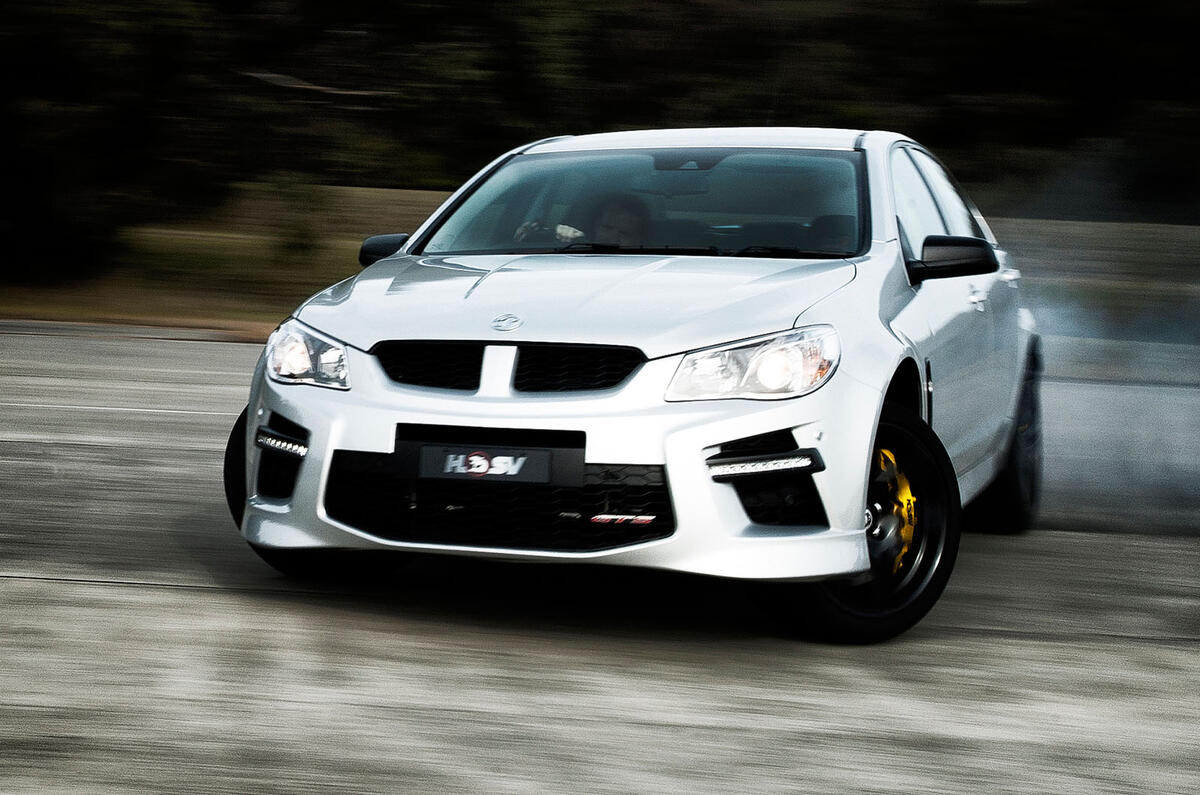“Either you’re here or you’re not.” That was what Joe Hockey, Australia’s Treasurer, told General Motors’ Australian arm Holden only yesterday, after the company said it still wasn’t sure whether it was committed to manufacturing in Australia.
Holden has absorbed $A1.8bn in government subsidies during the past decade and had sought more funding to secure the development of its next generation of cars. The Australian opposition suggested Hockey’s reaction had “dared Holden to leave”. Today Holden left.
Holden will stop building cars in Australia in 2017, meaning the company will join Ford and Mitsubishi in pulling out of manufacturing in a country that has the combined difficulties of a strong currency and a small local market. Only Toyota is left committed to manufacturing in Australia. For now.
Holden’s failure to sell enough cars in its home market is its ultimate downfall. In 2002, Holden sold 80,000 Commodores (its staple large saloon, built locally). Last year it sold just 30,000. With a break-even figure of 40,000, this has been a long time coming.
When Autocar visited Holden and Holden Special Vehicles (which we’ll come to in a moment) in July, the stock answer to questions about its future was an honest “we don’t know”. Today we do, and the announcement, though a shock and disappointment to many, will be a surprise to no-one.
That Holden has carried on for this long is because it has much else to offer: not least the fact that it employs 3500 people at its plants in Victoria and Adelaide. It also has a fine test track at Lang Lang, near Melbourne, and some very talented engineers whose abilities, it was hoped, GM could put to better use in developing overseas models. Instead, these engineers and the test track will go, as will Holden’s status as GM’s global rear-drive specialists. Holden developed the Chevrolet Camaro.
What will stay is the Holden design studio – one of only two in the global GM stable with the ability to design and make a concept car from start to finish.
Spare a thought, too, for Holden Special Vehicles, the company which Tom Walkinshaw founded and is still owned by his family. It makes even hotter versions of the Commodore and its derivatives, with heady engines and honed dynamics. HSV’s latest “Gen-F” is a belter. You’ll best know it here as the Vauxhall VXR8.
HSV is financially independent of Holden but was given access to Holden development cars five years ahead of launch, and developed its products alongside Holden’s: so when there was a new Commodore, so too was there a new HSV.
HSV has other strings to its bow: it owns a V8 Supercar race team, could realistically tune future Holden-badged cars even if they’re not developed in Australia, and has other interests; it even imports sporting goods. HSV is versatile and has a future. Holden manufacturing is not so fortunate.




Join the debate
Add your comment
Comments from across the pond.....
Being in the US, not especially keen on our manufacturer's products, though there have been improvements - great Cadillac chassis, for instance, in the latest CTS.
Unfortunately, seems to be more the exception than the rule. Foreign manufacuturers appear to care more about repeat customers & loyalty.
So, what does Bo drive? Mercedes Benz C63 AMG Sedan. Not to mention, a huge fan of UK-based Autocar and Mercedes Enthusiast magazines. Take care, my friends.
Holden
How much?